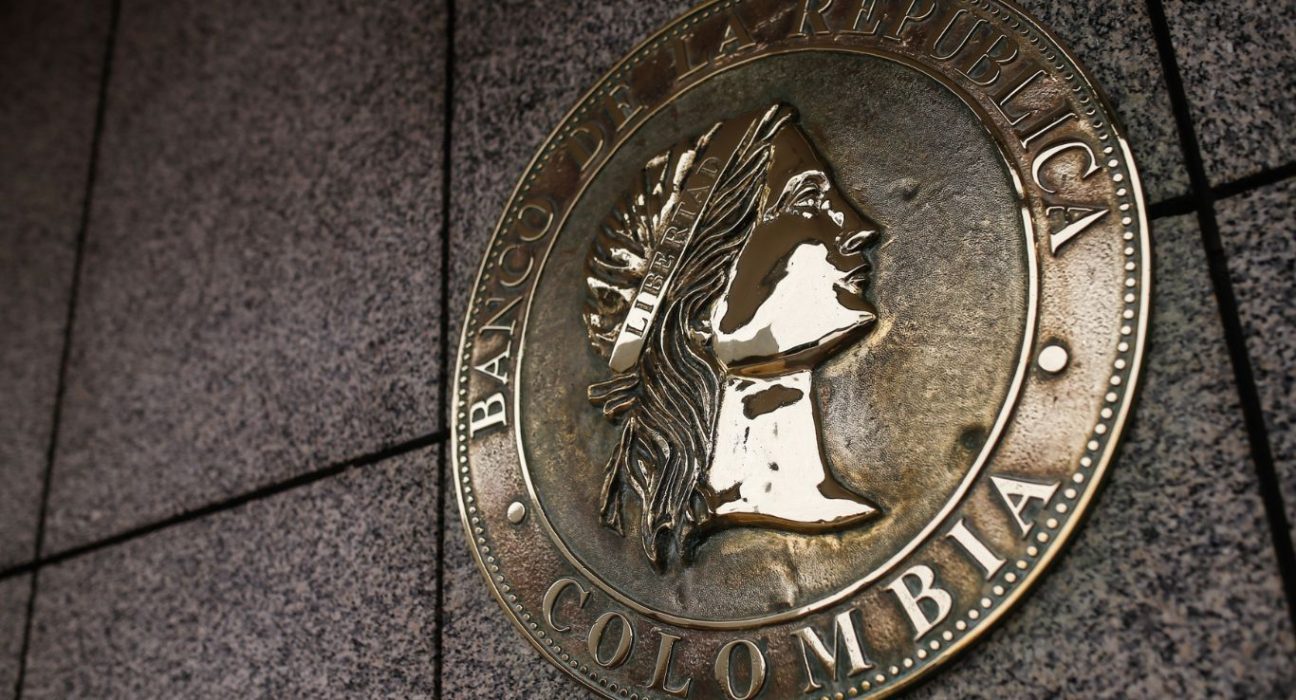Introduction
The Central Bank of Colombia made a unanimous decision to maintain its benchmark interest rate at 13.25% for the second consecutive time, signaling a cautious approach amid persistent inflation challenges. The move comes despite the economy facing an economic slowdown in the second quarter, which may have exceeded initial predictions. This article delves into the factors behind the bank’s decision and analyzes its potential effects on borrowing costs and economic growth.
Inflation Concerns and Economic Slowdown
The central bank acknowledged that inflation levels in Colombia have remained elevated compared to its long-term target of 3%. This high inflation environment has created uncertainties for the economy, prompting the bank to prioritize price stability. While the nation’s economy is facing headwinds, the board highlighted that the slowdown in the second quarter might have been more significant than initially anticipated, adding further complexity to the monetary policy decision-making process.
Factors Influencing the Decision
The decision to hold the benchmark interest rate steady was heavily influenced by the ongoing inflationary pressures. The central bank is concerned that a reduction in borrowing costs at this juncture could potentially exacerbate inflationary trends, leading to further deviations from its targeted inflation rate. Consequently, the bank deemed it prudent to maintain the current interest rate level to ensure that inflationary expectations remain anchored and to support its long-term goal of reaching a 3% inflation target.
Impact on Borrowing Costs
With the benchmark interest rate unchanged, borrowing costs for consumers and businesses will continue to be relatively high. This may lead to decreased borrowing and investment activities, which can further impact economic growth. Small and medium-sized enterprises (SMEs) and entrepreneurs, in particular, might face challenges in accessing affordable credit, potentially hindering their ability to expand and contribute to economic recovery.
Economic Growth Prospects
The central bank’s decision to keep interest rates steady comes at a critical juncture for Colombia’s economic recovery. With inflation still hovering above the target range and economic growth facing uncertainties, the bank is treading a fine line to ensure stability while supporting growth. The second-quarter slowdown may necessitate additional measures to stimulate economic activity and restore confidence in the markets.
Potential Risks and Mitigation Strategies
While holding the benchmark interest rate can help address inflation concerns, there are potential risks associated with this decision. Prolonged high-interest rates may lead to reduced consumer spending and business investments, impacting overall economic activity. To mitigate these risks, the central bank may consider alternative policy tools, such as targeted stimulus measures or macroprudential policies, to support specific sectors and manage inflationary pressures more effectively.
The Role of Fiscal Policy
Monetary policy alone may not be sufficient to address the economic challenges facing Colombia. The government’s fiscal policy also plays a crucial role in stimulating growth and curbing inflation. Collaborative efforts between monetary and fiscal authorities are essential to promote sustainable economic recovery and ensure the effectiveness of policy measures in the current economic environment.
Market and Investor Reactions
The central bank’s decision to maintain the benchmark interest rate is likely to have an impact on financial markets and investor sentiment. Investors may react to the announcement, reassessing their investment strategies in light of the prevailing economic conditions. Currency markets, in particular, might experience fluctuations as expectations about future interest rate moves are adjusted.
Looking Ahead
As Colombia faces economic headwinds, the central bank remains vigilant in monitoring inflationary trends and economic indicators. The bank’s future decisions on interest rates will depend on the trajectory of inflation, economic growth prospects, and other relevant factors. It is crucial for policymakers to strike a balance between addressing inflation concerns and supporting economic recovery to steer the nation towards sustainable growth and stability.
Conclusion
The Central Bank of Colombia’s unanimous decision to hold the benchmark interest rate at 13.25% for the second consecutive time reflects the ongoing challenges posed by high inflation and an economic slowdown. The bank remains committed to its long-term inflation target of 3% while navigating uncertainties in the domestic and global economic landscape. As the situation evolves, collaborative efforts between monetary and fiscal authorities will be crucial in safeguarding price stability, stimulating economic growth, and ensuring a resilient and prosperous future for Colombia.










